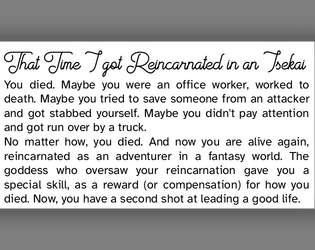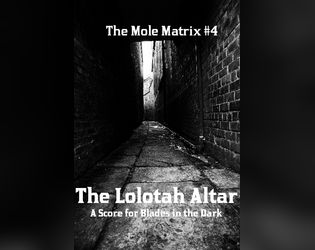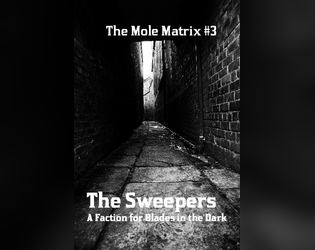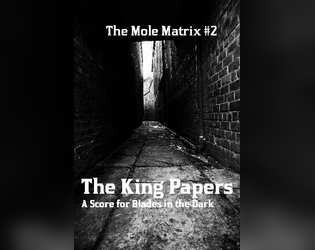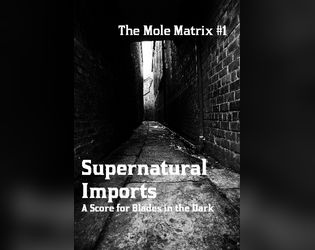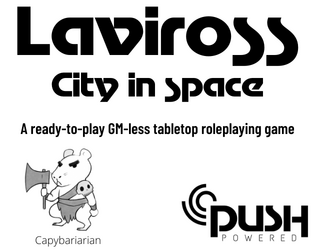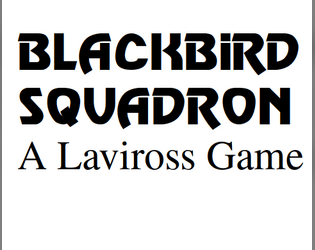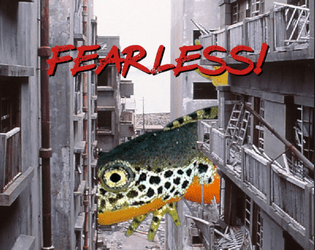This is very cool -- it is essentially a guided way through generating your very own 1980s cartoon series. There are a few initial decisions to make, and then you get to roll on the various tables to generate your 'pitch'.
If you don't want to accept the outcomes of the tables (which is the 'market research' presented to you, the Creative Director for this toy line), you can do so -- but you have to accept 'suggestions' from the various departments that are involved in order to pay down that 'creative debt'.
The rules presented are for a single-player game, and there are rules for two-player games in preparation. But I am wondering if you could play this game cooperatively, with a group, in order to generate a setting. A setting in which then to play in, with each session being an episode of the cartoon!


